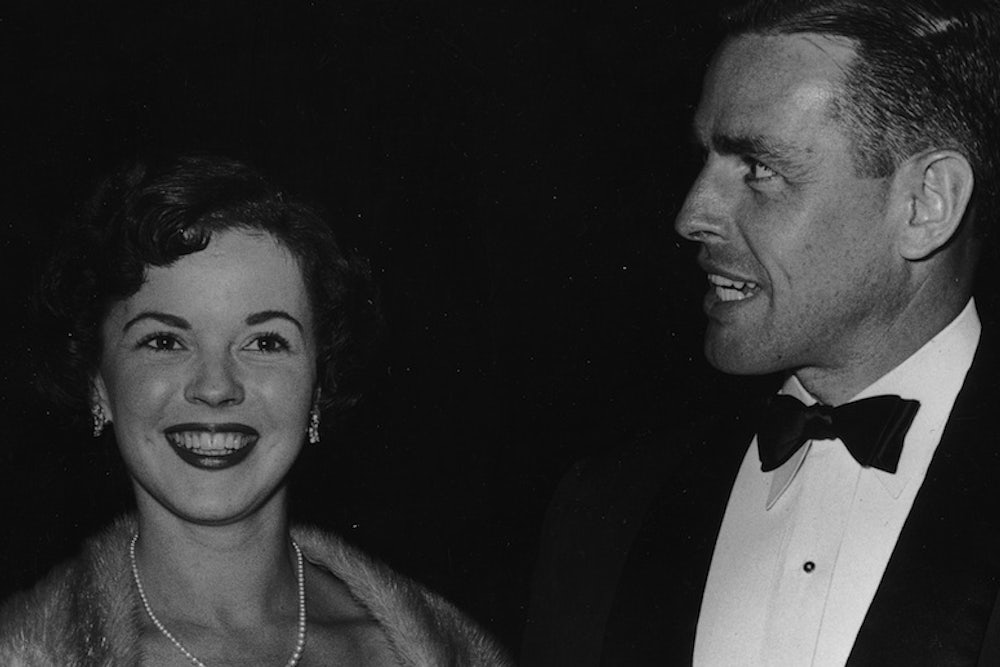Actress, ambassador, autobiographer: Shirley Temple, who died yesterday at the age of 85, didn’t waste a lot of time in her career—or in her love life. She got engaged to her first husband, Army Air Corps sergeant John Agar, before she turned 17, and when the marriage ended four years later, she wasted no time finding a replacement: She met 30-year-old Charles Alden Black, an executive at the Hawaiian Pineapple Company, less than two months after divorcing Agar. They got engaged 12 days later—and stayed together for the next 55 years.
Temple’s life was exceptional in many ways—and enjoying a long and happy marriage after a brief courtship is one of them. Though the literature on this subject is limited, research suggests that for most people, the amount of time you spend getting to know your partner is positively correlated with the strength of your marriage.
More dating, happier marriage
For a 1985 paper in the journal Family Relations, a team of researchers from Kansas State University’s department of Home Economics recruited 51 middle-aged married women and split them into four groups: those had dated for less than five months; those who had spent six to 11 months getting to know their future husband; those who had dated for one to two years; and those who had dated for over two years.
The researchers asked the women how satisfied they felt with their marriages, and used their answers to explore three factors that might contribute to marital satisfaction: length of courtship, age at marriage, and whether or not they broke up with their partner at least once while dating. They found that the only factor that consistently correlated with marital satisfaction was the length of courtship: The longer they dated, the happier they were in the marriage. “In this particular sample, longer periods of dating seemed to be associated with subsequent marital happiness,” the paper’s authors conclude. They hypothesize: “In mate selection, with longer periods of acquaintance, individuals are able to screen out incompatible partners”, though this study obviously has its limitations—we can’t go drawing universal principles from a group of middle-aged heterosexual Kansas wives in the 1980s.
In 2006, psychologist Scott Randall Hansen interviewed 952 people in California who had been married for at least three years. Like the Kansas researchers, he also discovered a positive correlation between length of “courtship”—defined as the amount of time between the couple’s first date and the decision to get married—and reported marital satisfaction. Hansen found that divorce rates were highest for couples that had spent less than six months dating, though he reminds us not to conflate correlation with causation; rushing into marriage might be a sign of impulsiveness or impatience—personality traits that could also lead couples to give up on each other.
But don’t procrastinate once you’re engaged
For her 2010 Master’s thesis, Pacific University psychologist Emily Alder recruited 60 adults who’d been married for at least six months. Aged 22 to 52, most of them had gotten married in their 20s. The length of their courtship—including dating as well as engagement—ranged from a couple weeks to eight years; the average courtship period lasted 21 months, with six of them spent engaged. To measure the strength of a marriage, Alder asked couples things like how often they fought, whether they ever talked about separating and how often they did activities together. Alder looked at both the pre-engagement dating phase and the post-engagement period, and found something surprising: a statistically significant negative correlation between the length of engagement and the quality of the marriage, according to her measures—suggesting that, “as the length of engagement period increases, the level of overall marital adjustment decreases.”
